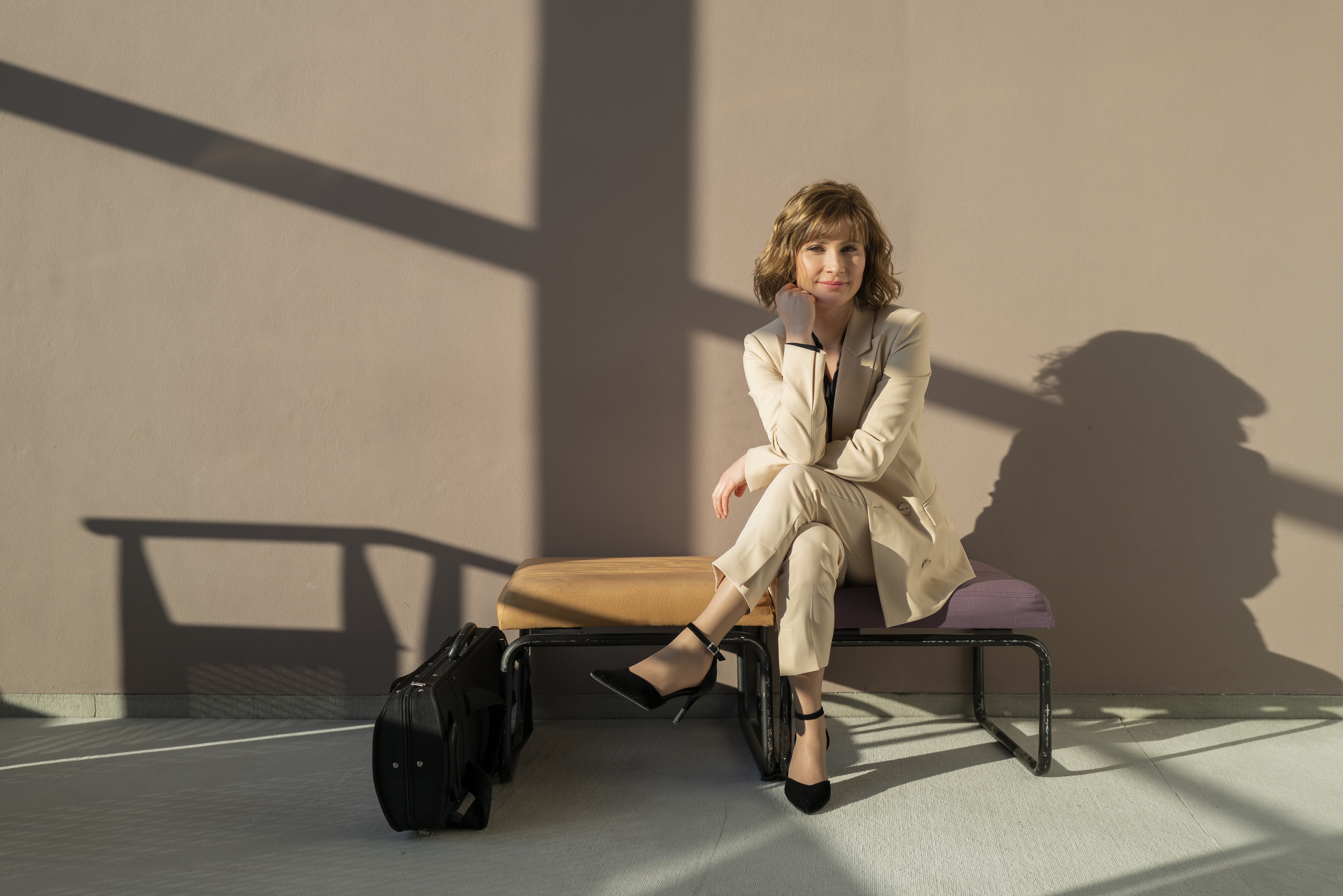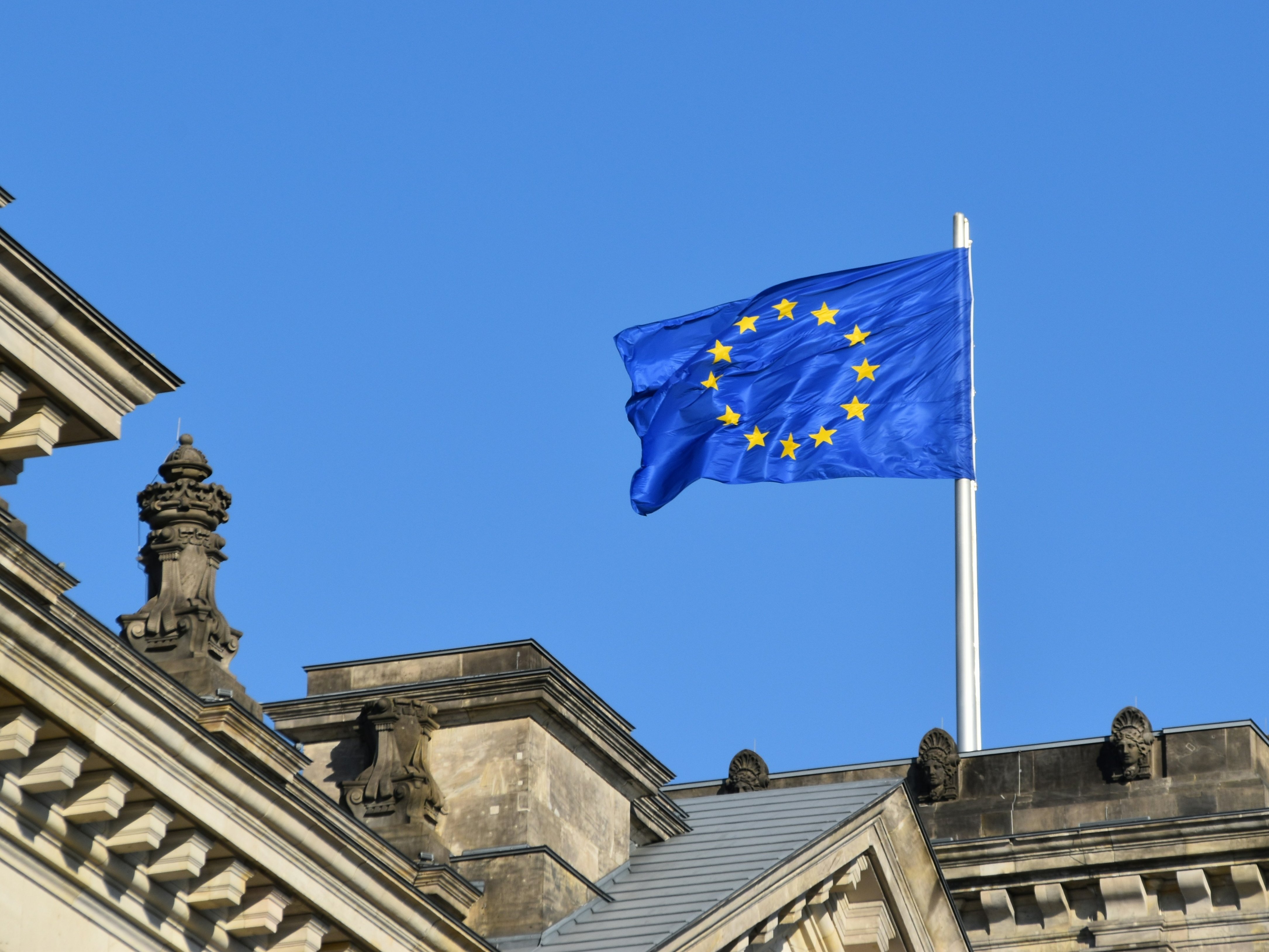
Each Berliner Philharmoniker Europakonzert showcases a place of special cultural significance. This year the orchestra’s choice is Bari, a port city on the Adriatic coast whose opera house, the Teatro Petruzzelli, is notable not only for its magnificent architecture but also for its turbulent history. Here is a chance to take a closer look at the city and its most famous stage.
The coastal promenade at Bari is not only one of the longest in Italy; it is also one of the most beautiful. It begins at the northern edge of the Old Town, where the massive medieval fortified walls afford a commanding view of the Adriatic Sea. The promenade then runs south for three kilometres, past the old harbour, ending at the Pane e Pomodoro, a legendary beach for the general populace, who come here to sunbathe and who traditionally brought bread and tomatoes with them to eat.
At approximately the halfway point lies the Teatro Petruzzelli. Bari’s opera house ostentatiously turns its back on the sea; its richly decorated façade faces west, and opens on to the Corso Cavour, one of the city’s main thoroughfares. This urban orientation was deliberate, as the theatre was built to become the heart of a new and affluent part of Bari. With the Quartiere Umbertino, early twentieth-century Bari wanted to show that the most important city in Apulia was profiting from the economic boom of the recently-united Italy.
A temple of high culture becomes an economic driving force
As an early instance of the Bilbao Effect, this temple of high culture became an economic driving force, attracting an affluent public, creating new work opportunities and serving as a beacon of the arts, in the process enhancing the profile of the entire city of Bari, both at home and abroad.
The city fathers proved right in their calculations: even today, locals and visitors can stroll along the boulevards around the theatre, past the Palazzo Marroccoli that once housed the Hotel Oriente, past the Palazzo Atti and the Palazzo Stoppelli. These five-storey buildings not only have fine-sounding names, they are also elaborately decorated from top to bottom with columns, balustrades, garlands of stone flowers, heads of lions and charming Cupids in the imaginative mix of architectural styles that the Italians call the “Stile Liberty”.
The first Municipal Theatre had already opened in 1854 to the south of the city’s historic centre, with its narrow streets and Romanesque Basilica di San Nicola, but it could seat only 1,000 spectators and soon proved too small for such a rapidly growing community. Local music-lovers were so vocal in their demands for a larger theatre that the city fathers made a site on the new Corso Cavour available for free.
As was usually the case in Italy, the theatre was to be built and run not by the state but rather by an impresario who would assume the role at his own financial risk. In 1895 two brothers from Trieste, Onofrio and Antonio Petruzzelli, were chosen for the job, having first promised to triple the capacity of the old theatre. They had made their money in Bari as shipbuilders and shipowners. As their architect they chose their brother-in-law, Angelo Cicciomessere, a man with progressive ideas who had studied engineering and who was especially keen to provide the house with the latest technical amenities, the most important of which were central heating and electric lighting.
The fourth-largest opera house in Italy
The Teatro Petruzzelli took four years to build and opened on 14 February 1903 with a performance of Meyerbeer’s Les Huguenots, given in Italian as Gli Ugonotti. An audience of 3,200 in the stalls and the four tiers of boxes applauded enthusiastically. Stricter safety measures mean that the house’s capacity has since been reduced to 1,482 seats per performance, but the theatre remains Italy’s fourth-largest opera house.
The façade is a striking russet and almost twenty metres (sixty-five feet) wide. Above the first-floor windows, which are shaped like round arches, are busts of Verdi, Rossini and Bellini. Atop the building is a group of figures depicting Apollo placing a laurel wreath on the head of an allegory of Music.
The theatre's interior is overwhelmingly opulent. In the atrium are life-size statues of Apulian musicians, including Giovanni Paisiello, Saverio Mercadante and Niccolò Piccinni. A wide staircase leads to the auditorium, whose cream walls are covered with extravagnat bronze decorations, leaving not a single square centimetre unadorned. Over the auditorium is a cupola twenty-three metres (75.5 feet) in diameter. And there is a large clock immediately above the proscenium arch, a common feature in Italian opera houses.
Many of the greatest stars of Italian opera in the twentieth century appeared in Bari. In addition to opera, the Teatro Petruzzelli has always presented ballet performances, symphony concerts and evenings of light entertainment: among visiting artists have been Frank Sinatra, Ray Charles, Liza Minnelli, Juliette Greco and Freddie Mercury. But then, on the night of 26/27 October 1991, the building was completely destroyed by fire. Eighteen years would pass before the theatre could reopen, a delay that may seem less extreme if you consider that following its “temporary” closure in 1974, the Teatro Massimo in Palermo remained closed for twenty-three years, ostensibly as a result of construction defects.
Anyone walking a short distance northwards along the promenade from the Teatro Petruzzelli will stumble upon a curiosity in the form of the Teatro Margherita, which rests on pillars anchored in the sea. Prior to investing in their own theatre, the Petruzzelli brothers had been obliged to assure the city authorities that no other theatre would ever be built in Bari. This did not deter their rivals, who built their own theatre off the coast in 1912, but the building was not used as a theatre for very long. For a time it served as a cinema, and it now houses the city’s Museum of Modern Art.
Drone flight through Teatro Petruzzelli

Europakonzert in Bari
This year, the Berliner Philharmoniker will perform in the Italian city of Bari – more precisely, in the picturesque Teatro Petruzzelli.

The Europakonzerte
A musically-formulated European idea

9 Facts you (perhaps) didn't know about Verdi
You can hum along to “La donna è mobile” in your sleep, but did you know that Verdi was a vintner, a member of parliament and a keen foodie?